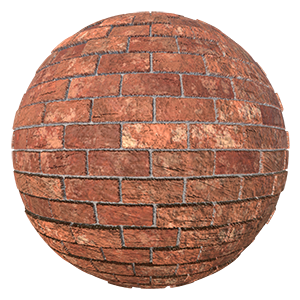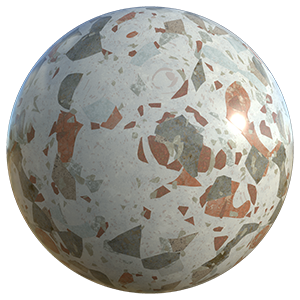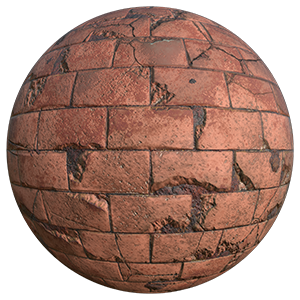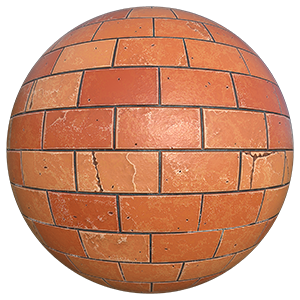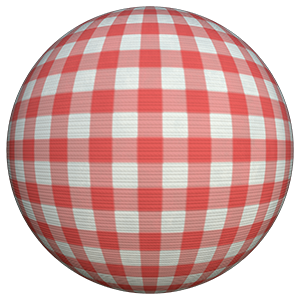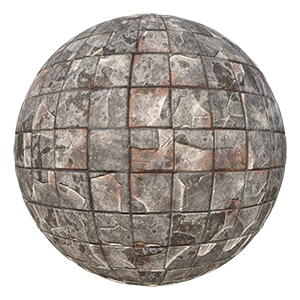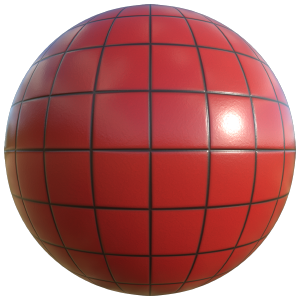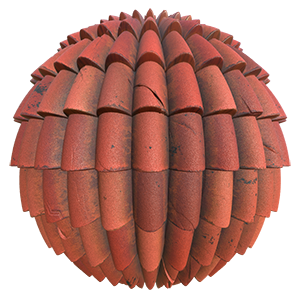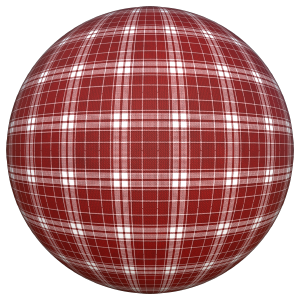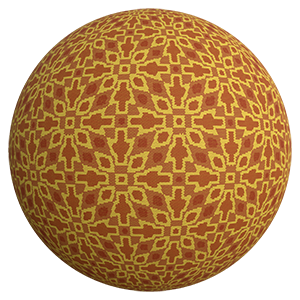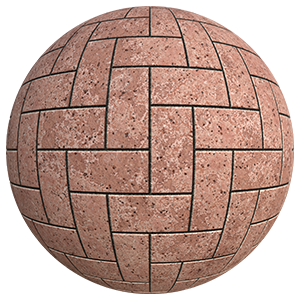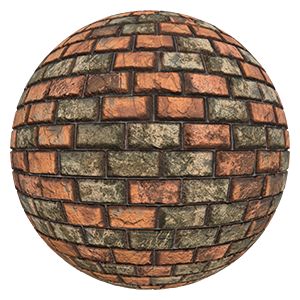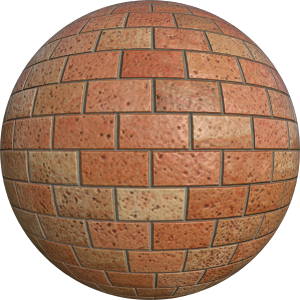They are red terrazzo tiles having black and white fragments with a few yellowish flake patterns in between.
Edges are worn and damaged.
The terrazzo is quite similar to "Marble 0004" which is green instead of pink.
Edges are worn and damaged.
The terrazzo is quite similar to "Marble 0004" which is green instead of pink.
They are classical red bricks widely used in many European countries including United Kingdom, Netherlands etc.
If you inspect the bricks carefully, you will find trowel marks on it. Of course, pits, scratches, worn and damaged areas also exist.
If you inspect the bricks carefully, you will find trowel marks on it. Of course, pits, scratches, worn and damaged areas also exist.
It is terrazzo. Some people group it as marble.
The pattern of terrazzo is the most popular and typical one. It has a variety of colors including orange, red, brown and grey.
The flakes are of different sizes too.
The pattern of terrazzo is the most popular and typical one. It has a variety of colors including orange, red, brown and grey.
The flakes are of different sizes too.
They are typical red bricks. Some bricks are broken while some have cracks. They have rough surface.
Cement is found on some bricks too.
Cement is found on some bricks too.
They are red bricks with cracks, pits and pores on the surface. Some of the bricks have been etched due to weathering.
Worn out marks can easily be seen.
Worn out marks can easily be seen.
The red and white checkers are classical patterns used in textile industry. A lot of clothes, dresses, table cloths have this traditional checker pattern. If you go to the kitchen, you may find a kitchen cloth having this pattern.
If the texture is enlarged enough, thread texture can be seen.
If the texture is enlarged enough, thread texture can be seen.
This is an old-fashioned square tiles. The tiles are severely damaged, so it exposes the white and brown base material.
It is extremely bumpy and with many missing pieces.
It is extremely bumpy and with many missing pieces.
These small red tiles can commonly be found on walls, floors, workbenches or pillars.
This texture is comparatively clean. You can add dirt, scratches and worn-out parts yourself.
This texture is comparatively clean. You can add dirt, scratches and worn-out parts yourself.
Among all rooftop tiles, this one must be the most typical. In both eastern and western countries, people also use this tiles for roofing.
Some tiles are broken and dirt can be found on them.
Some tiles are broken and dirt can be found on them.
This fabric demonstrates the classic Scottish checkered patterns in the traditional red and white colors.
Similar patterns can be found on table cloths of some restaurants. The patterns are printed on many picnic blankets too.
Similar patterns can be found on table cloths of some restaurants. The patterns are printed on many picnic blankets too.
The pattern of this fabric makes it look like a carpet. Certainly, it can also be used as a scarf texture.
The mixture of yellow and red patterns can be found on many traditional ornaments in Tibet, China.
The mixture of yellow and red patterns can be found on many traditional ornaments in Tibet, China.
They are classic tiled red bricks which can be found in many streets and parks.
Bricks can be arranged in a lot of patterns. Herringbone pattern is one of the most common patterns, which can be found on many pavements.
It is suitable for pavements and sidewalks, especially outdoor ones.
Bricks can be arranged in a lot of patterns. Herringbone pattern is one of the most common patterns, which can be found on many pavements.
It is suitable for pavements and sidewalks, especially outdoor ones.
Those red bricks have very irregular, rough and bumpy surface.
They are outdoor bricks, so they have a lot of worn out areas.
It is more suitable as a wall material than a floor texture, otherwise, the floor will be too rutty.
They are outdoor bricks, so they have a lot of worn out areas.
It is more suitable as a wall material than a floor texture, otherwise, the floor will be too rutty.
They are red bricks with little glossiness.
Though it has a smooth surface, there are quite a lot of pits or pores on the surface.
This texture is suitable for indoor brick walls, walls of corridors etc.
Though it has a smooth surface, there are quite a lot of pits or pores on the surface.
This texture is suitable for indoor brick walls, walls of corridors etc.


